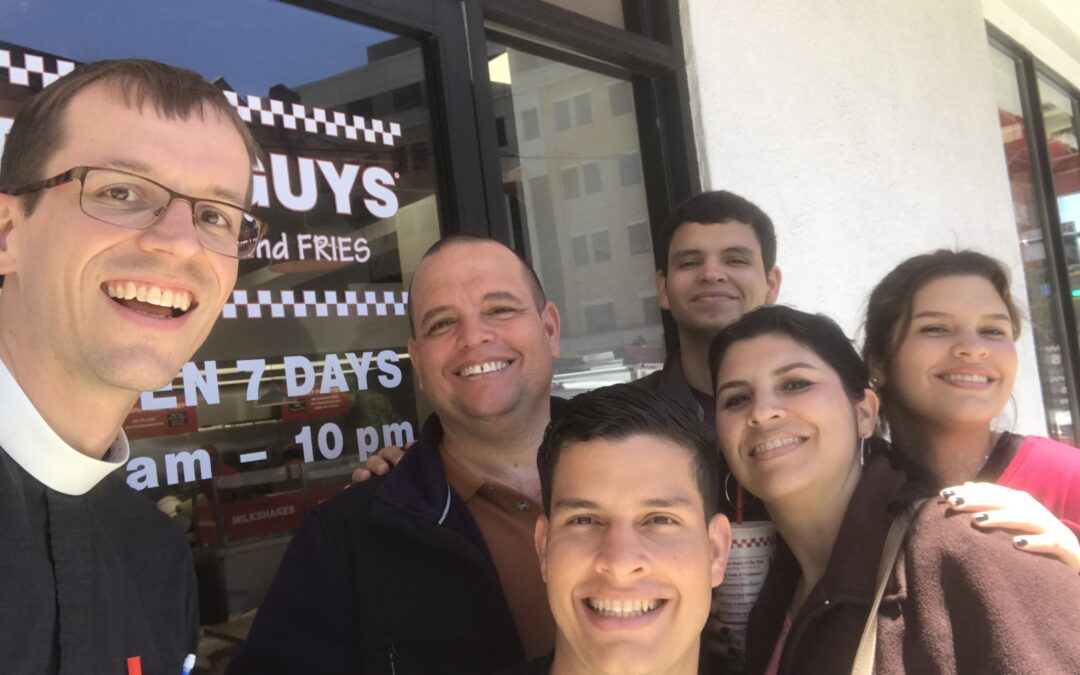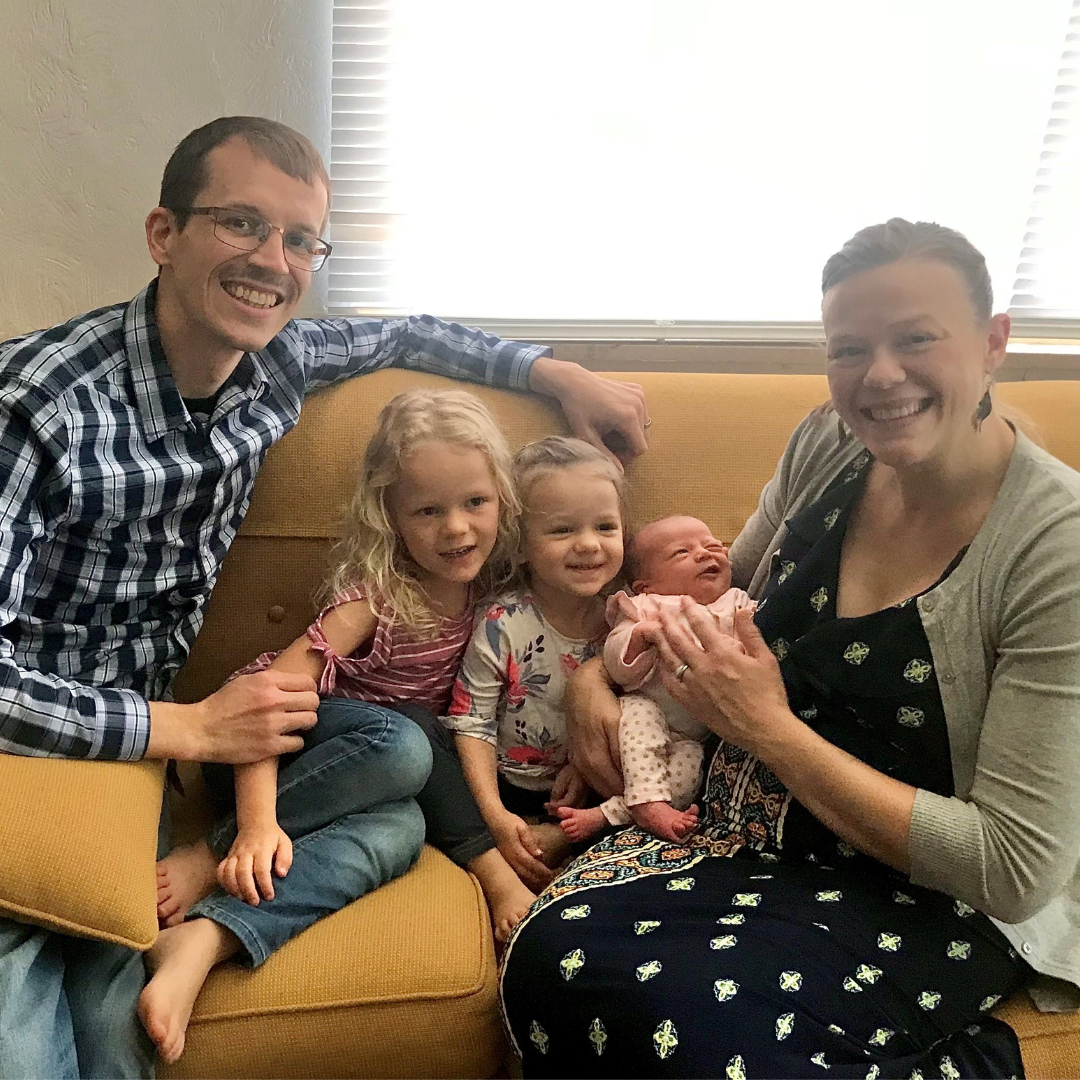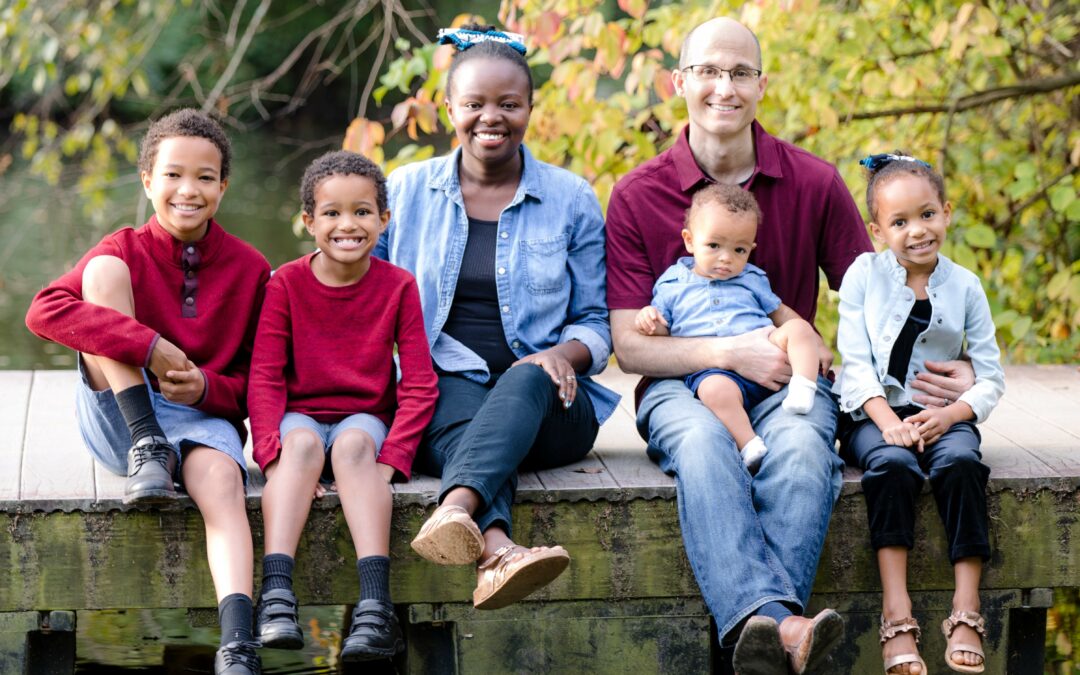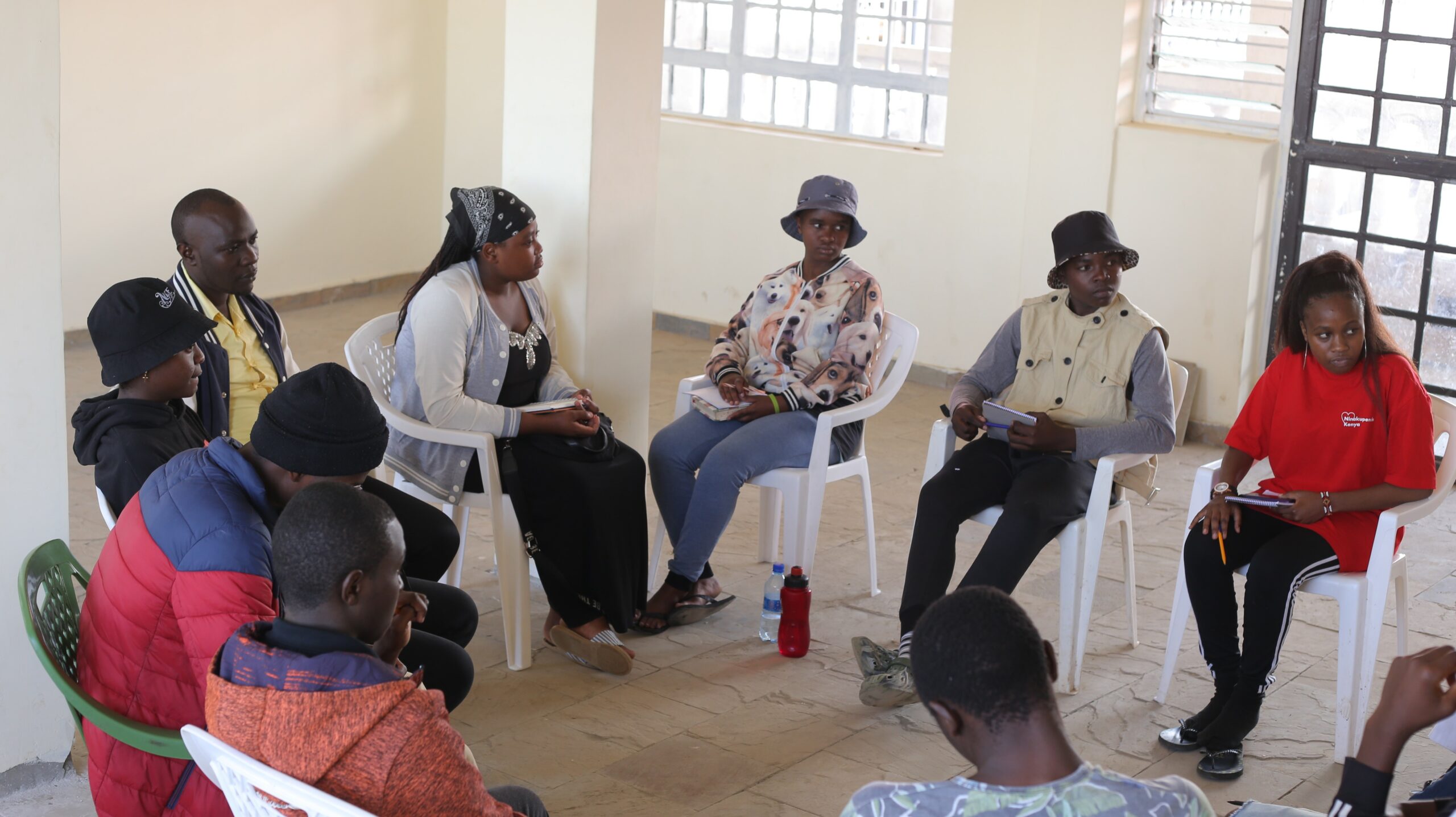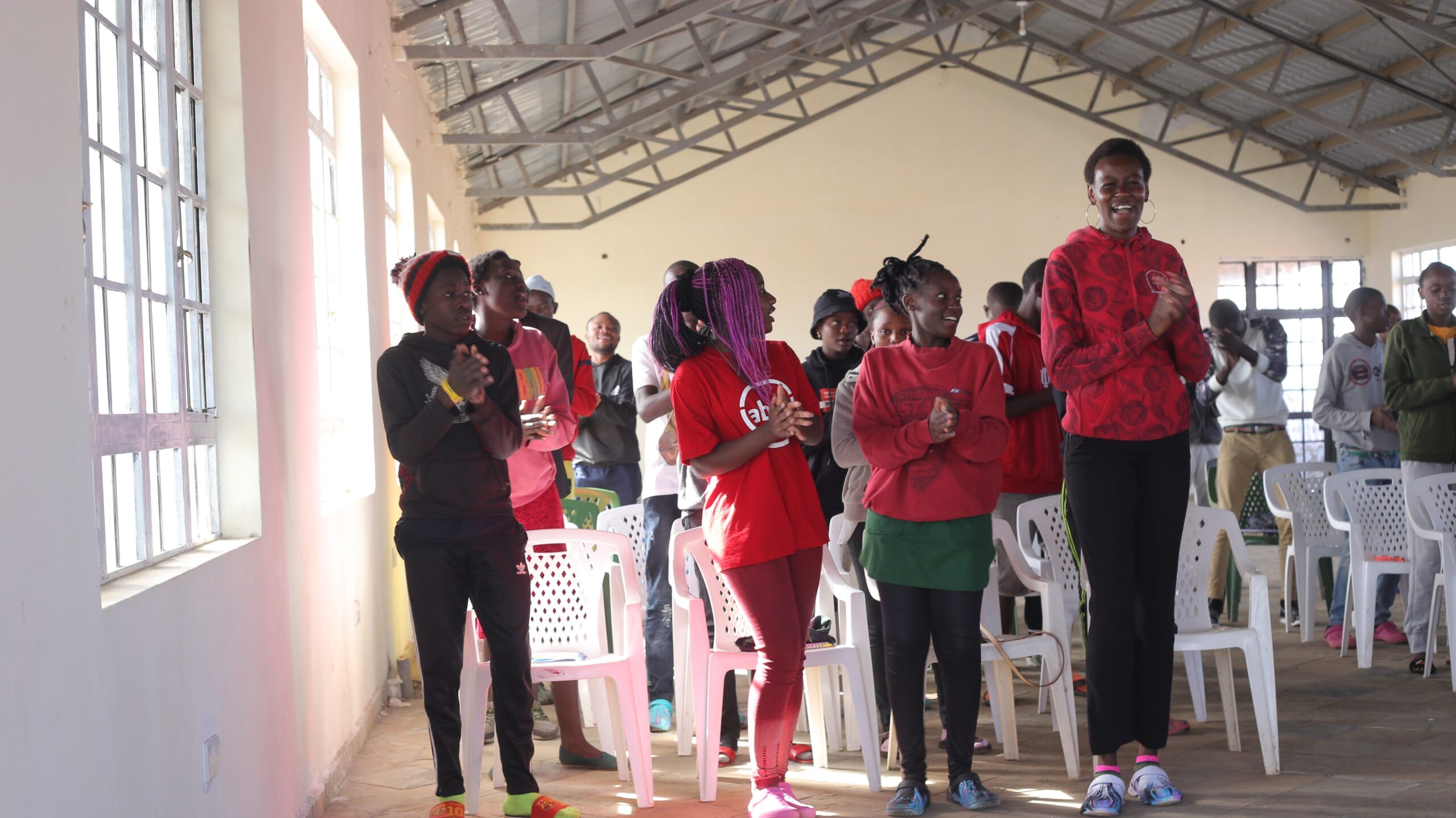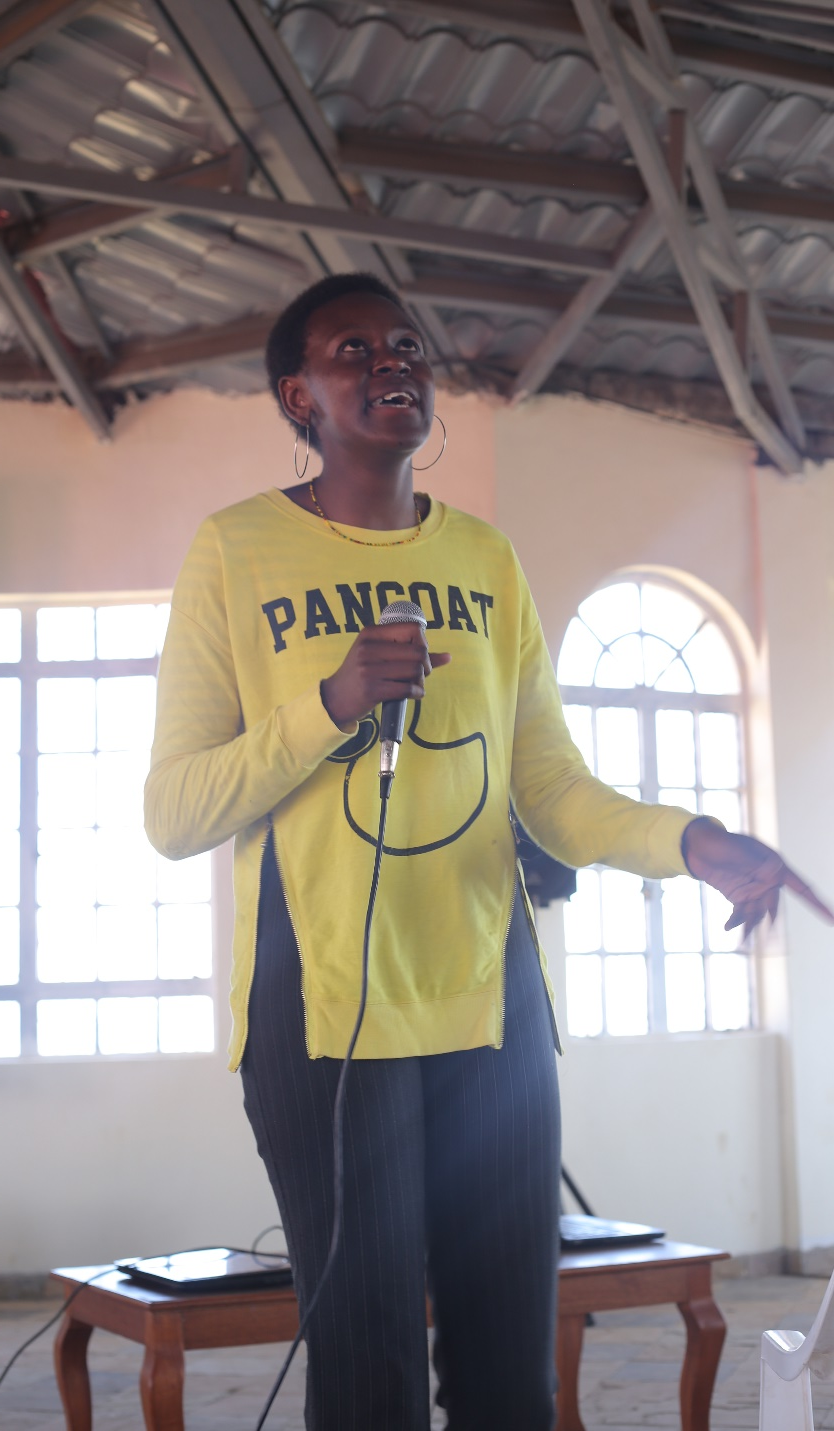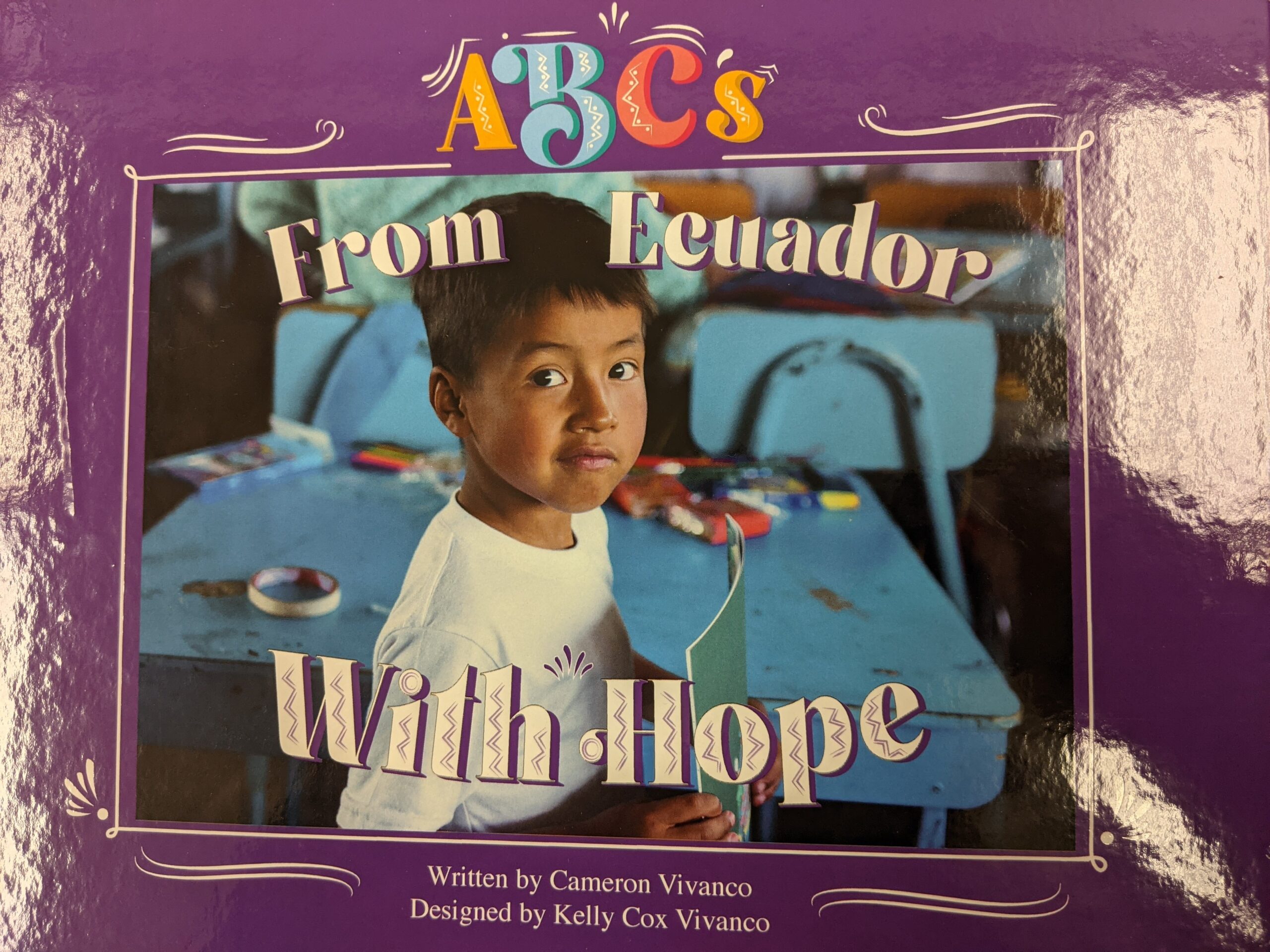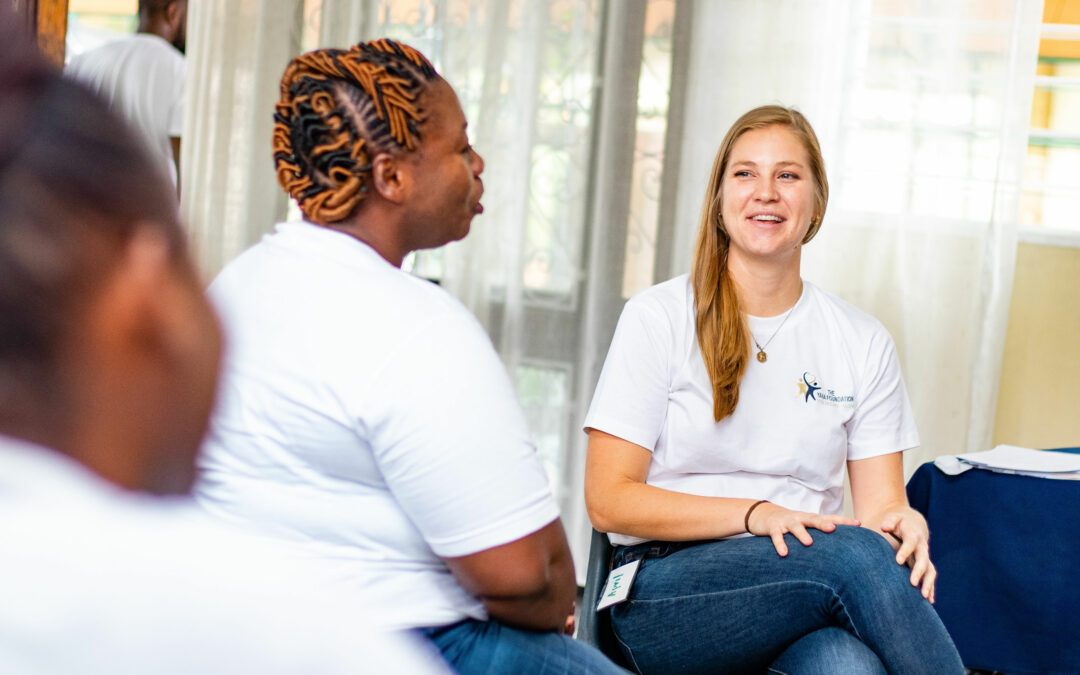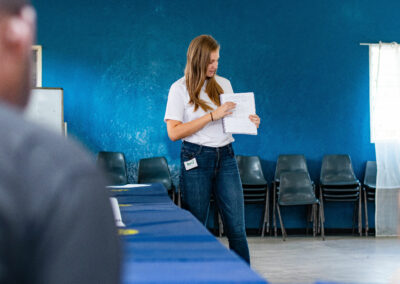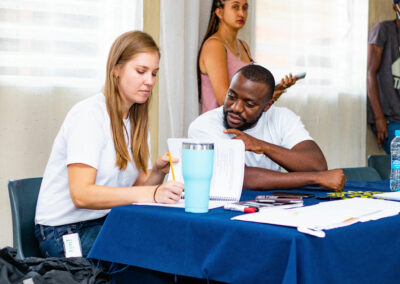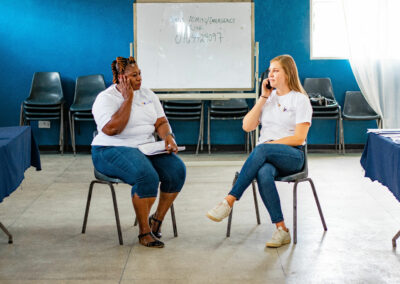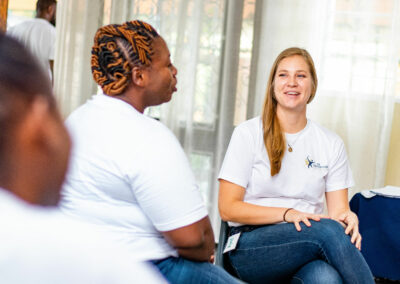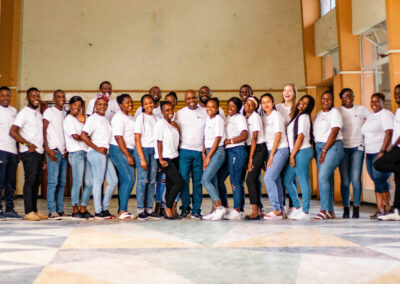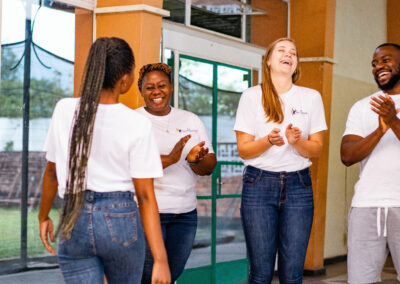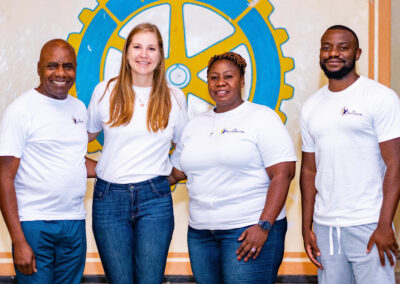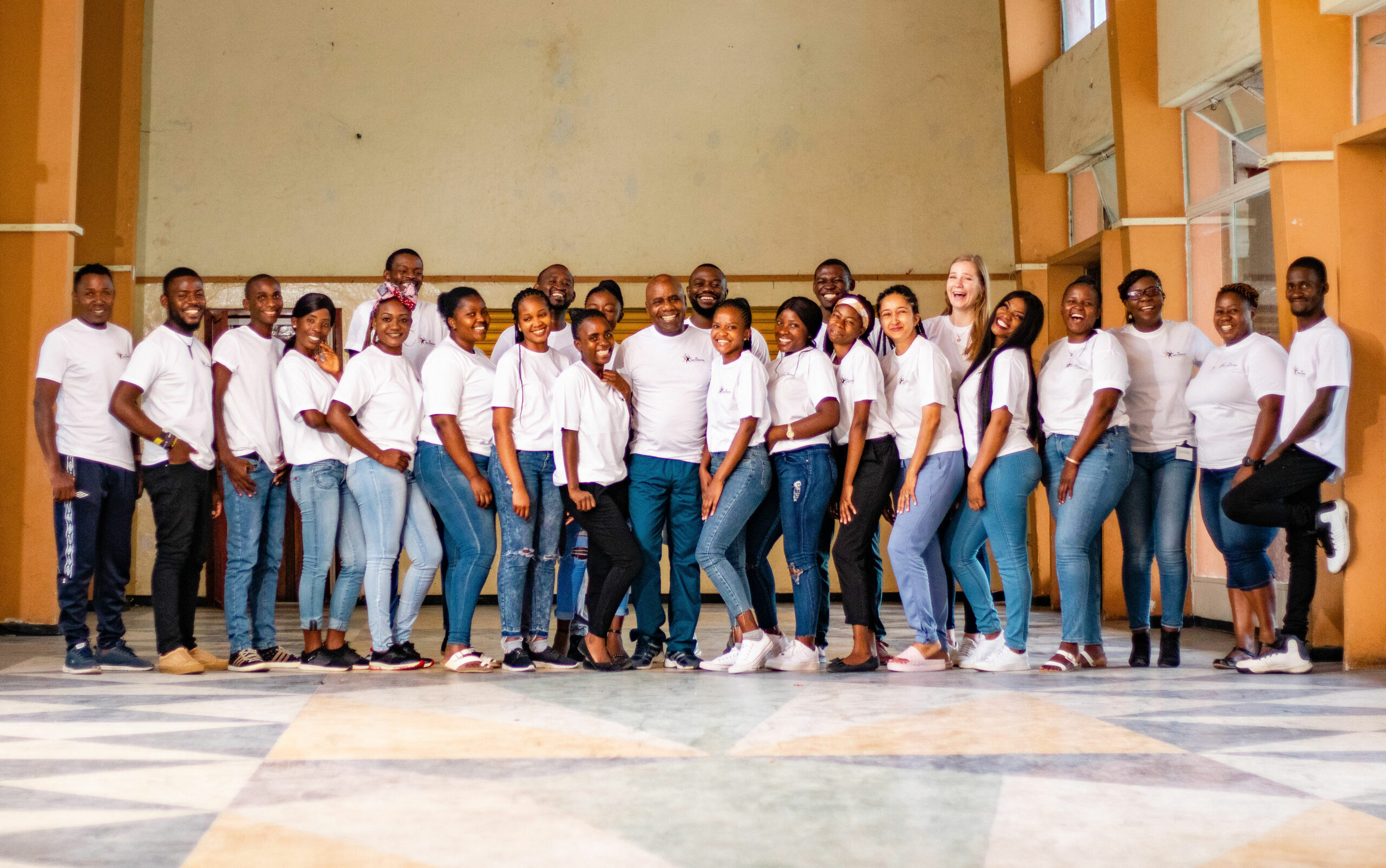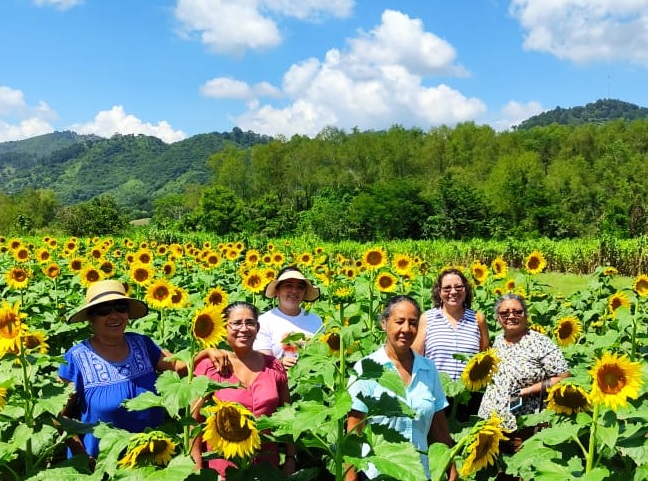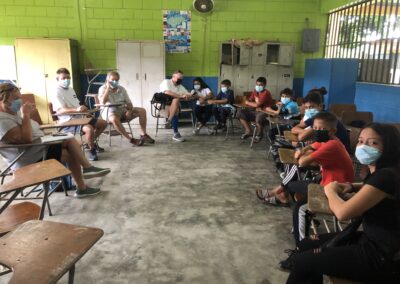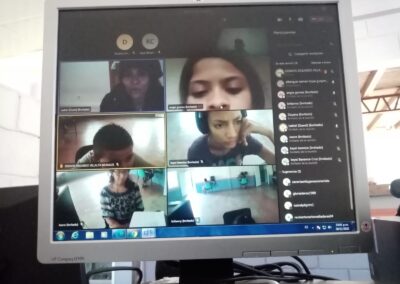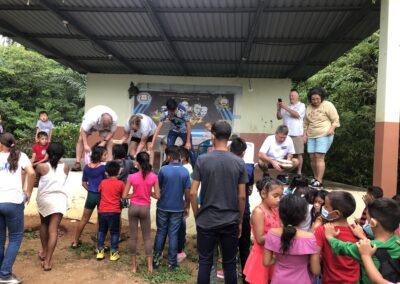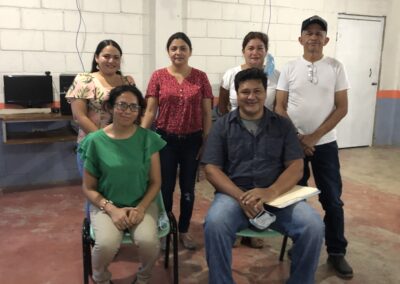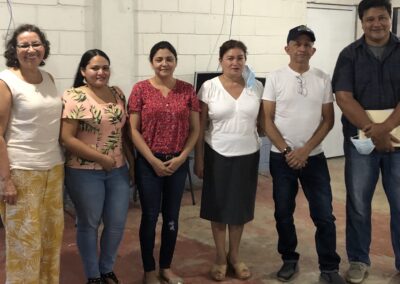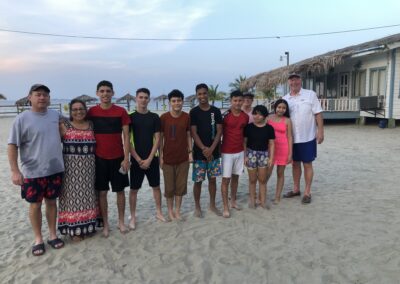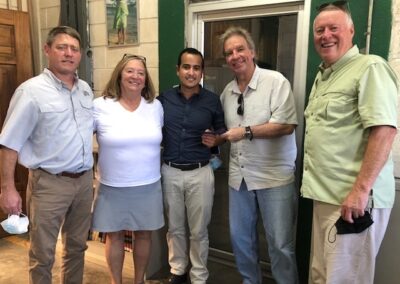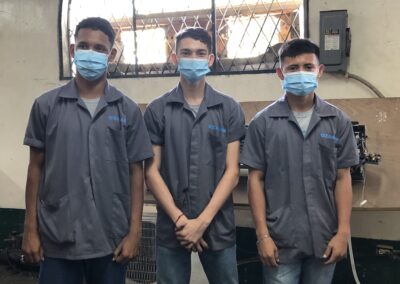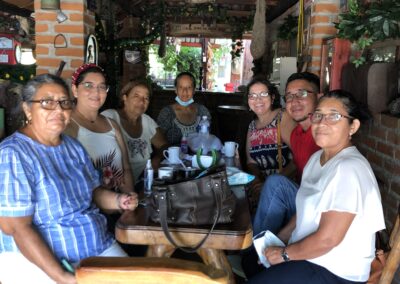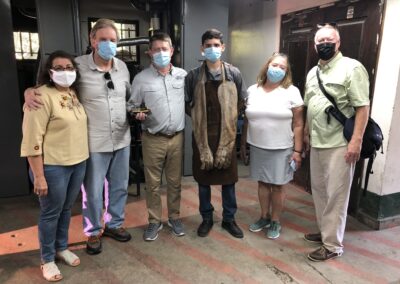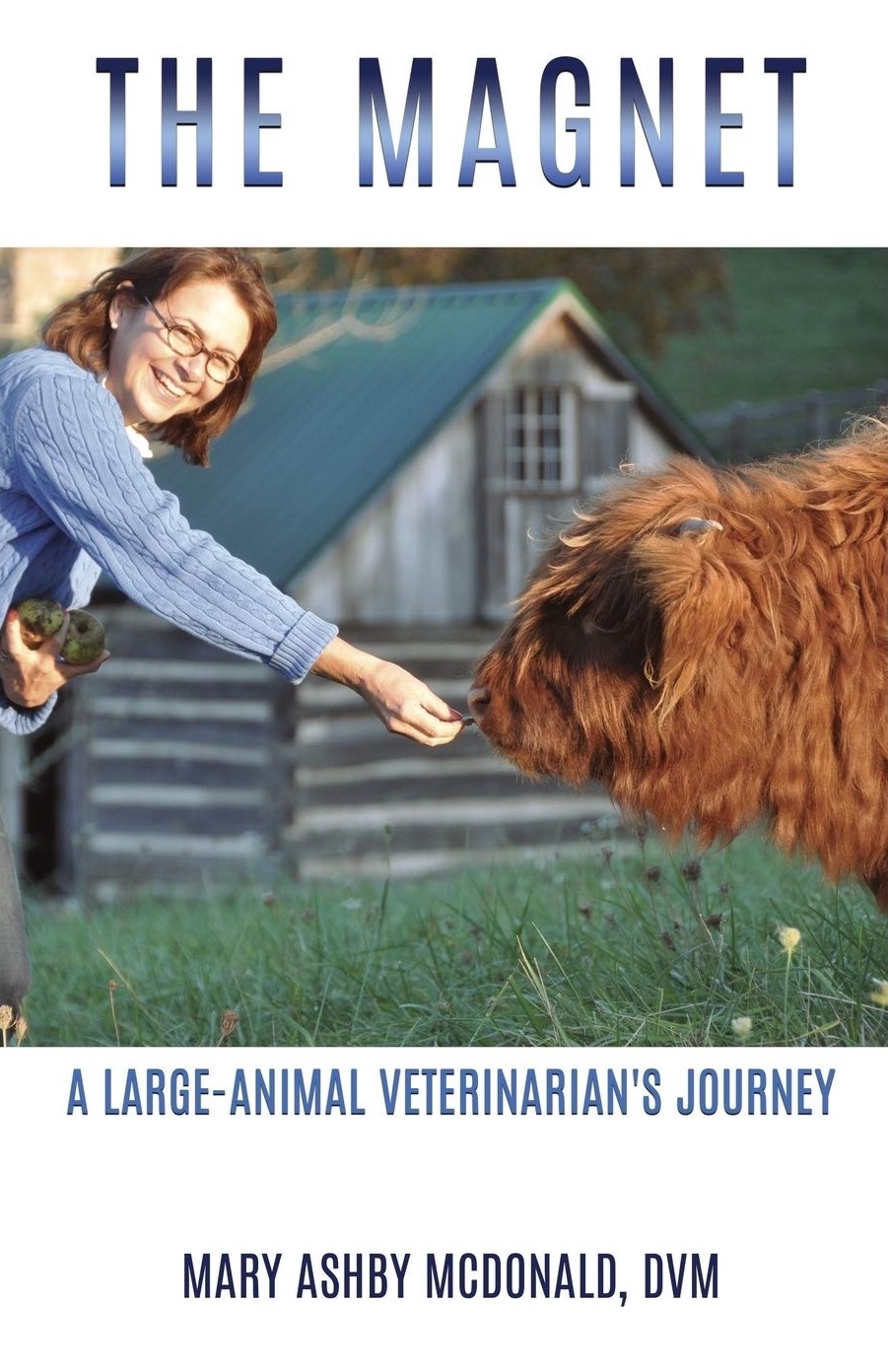Above: High School students participate in a small group and worship at Breakaway Camp, co-hosted by Kenya Connection.
On the 15th of April 2022, I got a call from my friend, James Were. For those of you who do not know James, he is a soft spoken, eloquent gentleman (except when he is talking about football) who organized this camp I will be telling you about shortly. He is the Development Coordinator at Kenya Connection, the overall organization that was responsible for the breakaway camp.
So… soft spoken James calls me. I was taking my afternoon nap (he doesn’t know that, so don’t tell him) when I heard the phone ringing. I cleared my voice so that I might sound awake. Not sure it worked, but James is a gentleman. He asked me if I would be available to speak to students in high school at a camp he is organizing. I told him I’d check my schedule. I am kidding! I was willing to forgo my afternoon naps for a week.
The camp began on the 17th of April 2022 at Onelife Africa Youth Campus located at East Gate, Kabarak, Nakuru County. The theme was “God Loves You” a simple yet powerful theme from John 3:16. In as much as we know the verse word for word, a reminder of what that scripture means is always welcome and is always relevant.
I joined the camp on the 19th of April. I left Nairobi at 11:30am on a cold drizzly morning. I really enjoyed the trip, more so because I got to nap! 3 hours later, James received me and showed to where I would be staying. He then briefed me on what has been happening and what I was to speak about over a cup of porridge and biscuits which I thoroughly enjoyed. Thank you James! I joined the rest of the team and the students for dinner and got to know some of them.
The camp hosted 60 high school students who were on scholarship through Kenya Connection, many of whom are graduates of Akiba School and have been attending boarding schools in various parts of Kenya. This was a chance to break away from their normal schedule of school and home, to enjoy something out the norm. This was a chance for them to learn and go deeper in their faith through teachings based on the theme.
For many of the students this was the first camp that they attended and they loved the experience. I spoke on 2 topics on 2 different days: A Father’s Love & The call of the Father. The underlying theme of the topics is that there is nothing that can separate you from the love of God and that once you accept that God loves you, regardless of your circumstance, you then find your identity in the father. Once you know who you are in God then the calling of the Father will consequently be identified.
The camp provided a safe space, a comfortable place to sleep, regular meals, and people to talk to and space to be creative. The wonderful team at Onelife provided counselors who would have sessions with the students where they would be free to talk without prejudice. I saw how creative these students were as they sang, danced, recited poetry, and did skits. They were so confident in their abilities, a big part due to the atmosphere at the camp. They also played a lot of games during their time there, which increased their bonding.
The message of God’s love gave them hope, and they hoped team would organize more of these camps. Opportunities such as these leave them hopeful and encouraged and wanting more. What struck me most is that the message they took with them is that they are valued and loved by God no matter what is contrary in their current environment.
FAITH IS….
by Mwangi Kabeberi
